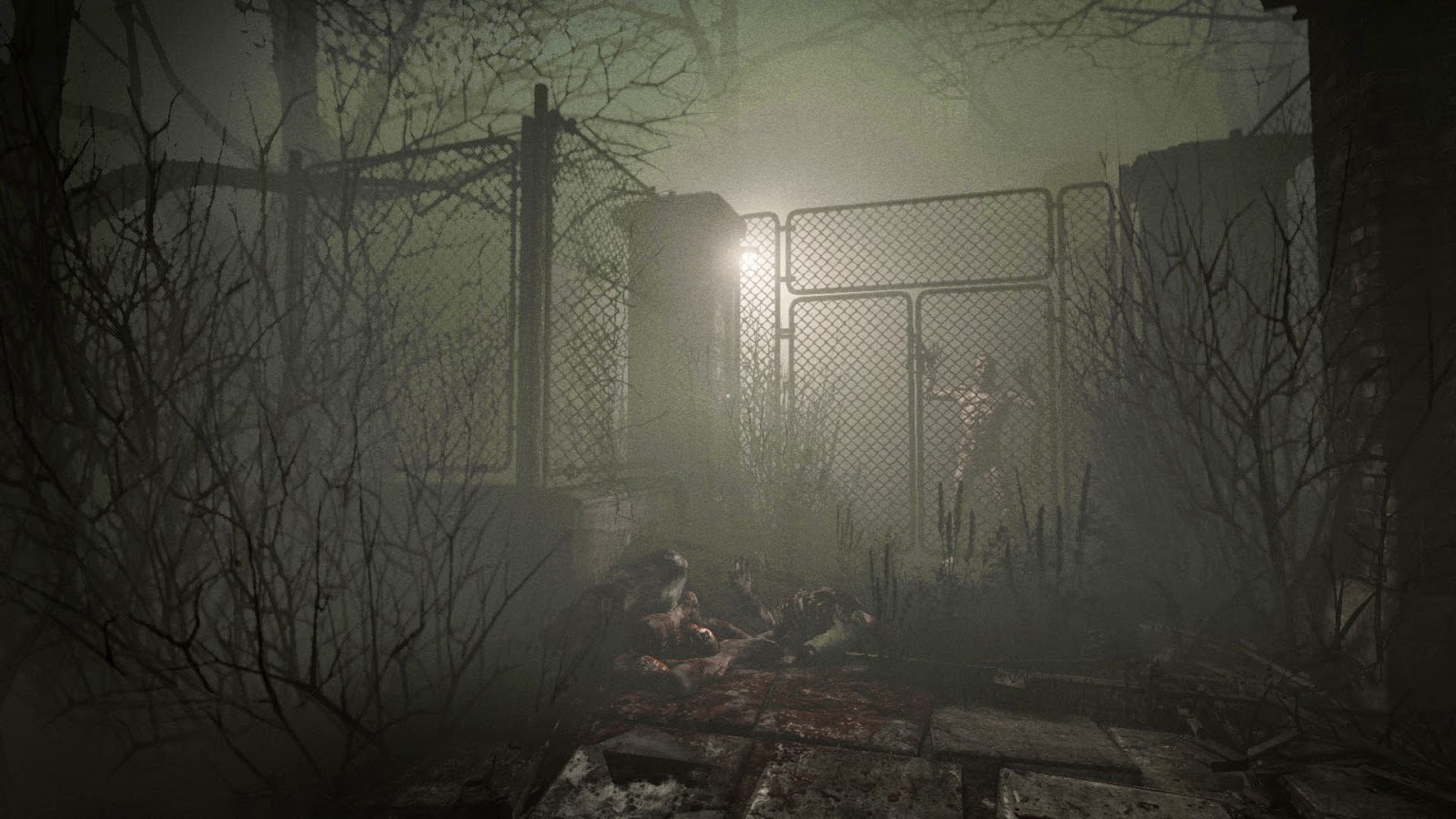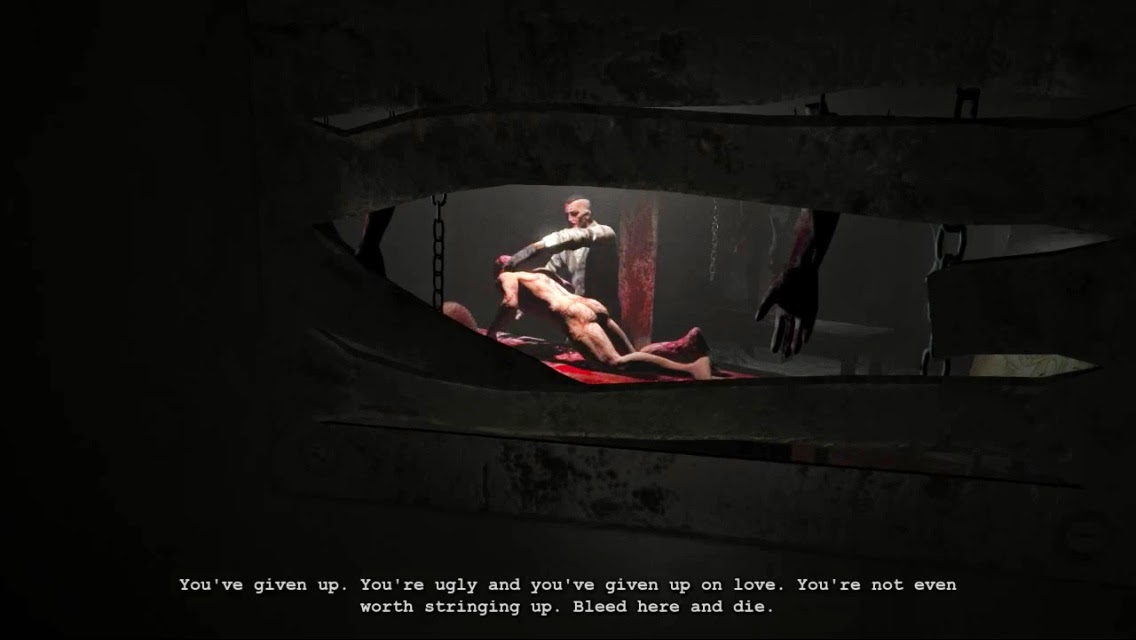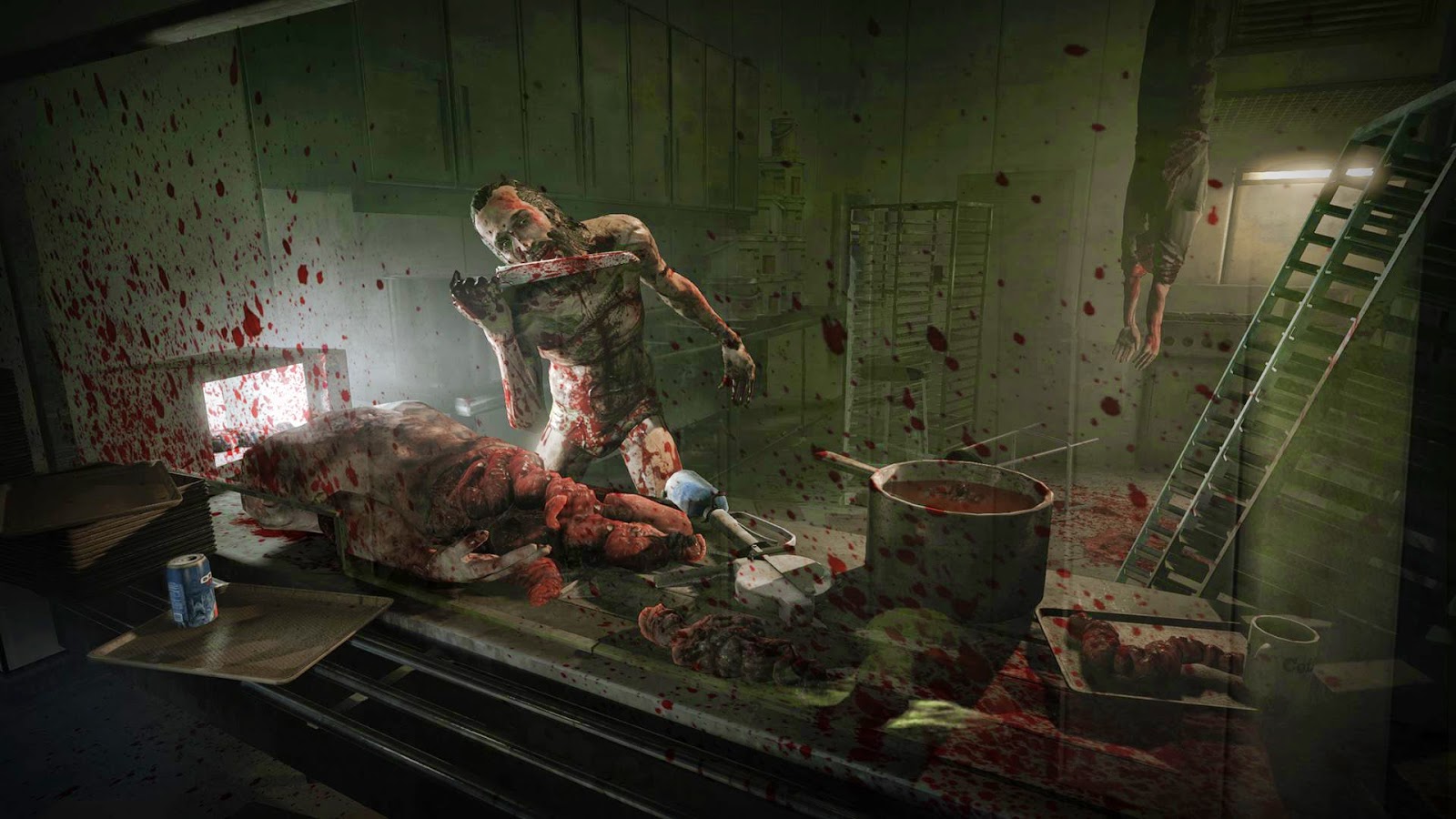Developer: Geeta Games
For a game that looks and sounds so beautiful it’s quite simply just not up to par and should be avoided by anybody wanting a game with even a smidgen of substance. There's very little character development, which is a shame, and the story itself is in no way complex or fleshed out. There are no conversations, very little speech and generally the game consists of solving puzzles with Lilly and, sometimes, Row to advance through the game. ‘Lilly Looking Through’ is supposedly a point and click adventure game, meaning it will have some puzzles to be solved that may be inventory based as is typical of the genre but for me it failed to live up to the genre.

To begin with, there’s no inventory, much to my disappointment as it meant they’d be no finding and collecting items for later item combination. The puzzles are instead performed by clicking on a very limited set of locations on the screen before watching Lilly solve the obtuse puzzle herself. In that sense, that you click on things, it's a point and click in the very literal understanding of the phrase but it lacks what makes point and clicks interesting; storyline and substance. There are only a few things you can click on and very few areas in the game leading to what is a very easy and very short game. The solutions to the puzzles tended to be obscure in nature rather than challenging and there were times where, even after finding the solution to the area, I was completely taken aback by the actions that Lilly proceeded to perform. Worse still, the puzzles are extremely repetitive with one particular colour puzzle being repeated three times which results in an increasing frustration of having to repeat the same, mostly guessed, puzzle combination you completed just twenty minutes ago.

In case everything is just too damn confusing for you there's also a hint system you can use to highlight objects in the area that tell you what else you can click on. The game itself is incredibly short and the ending is little more than an unsatisfying cliffhanger that I would care more about if I’d found the story interesting, which I did not. Disappointingly, despite the game starting to show potential it felt as though I'd paid for half of a game rather than a full one and that its potential to get better was prematurely cut short. After a brief and unexplained appearance from another character all you'll be left with is confusion over whether the game is now over, and then a credits scene that confirms you just wasted a couple of hours of your life.
Maybe if the developers had spent more time on fleshing out the gameplay rather than focusing on the pretty pictures and ethereal soundtrack then maybe I’d be more interested, but despite raising double what they asked for on Kickstarter it’s clear that for this game beauty is only skin deep. The animations of Lilly are very well done, the environments are varied and beautifully illustrated with real attention to detail and the music is a lovely, mystical and much grander than the game itself. It’s such a shame to say this but this is quite simply not a very good game and I’m actually disappointed that I was fooled into buying it due to positive reviews and deceptive screenshots. You’ll get about an hour or two out of this game depending on how well you are at guessing your way through the puzzles but, despite there being the essence of something greater, I doubt it will be a very enjoyable couple of hours for you. On a positive note, this is a game that young children will love to play provided you are there to help them through some of the more confusing puzzles.
The Good:
- Looks fantastic.
- Very charming.
- Storyline is pleasant.
- Perfect for children.
The Bad:
- Far too easy, just plain weird rather than difficult in places.
- Few environments.
- Repetitive puzzles.
- Extremely short game.
Last thoughts: "Disappointing, it didn't feel at all like a real point and click but I guess it's alright for children."
























